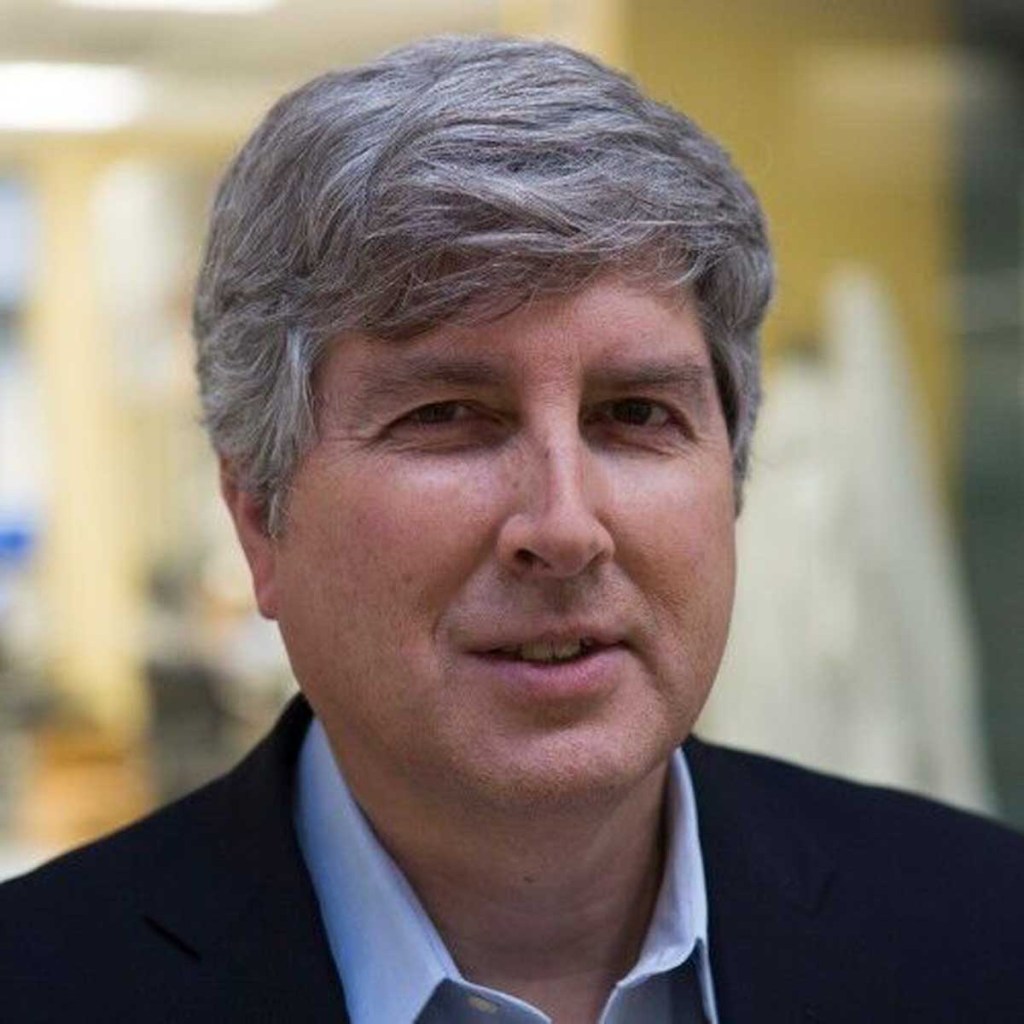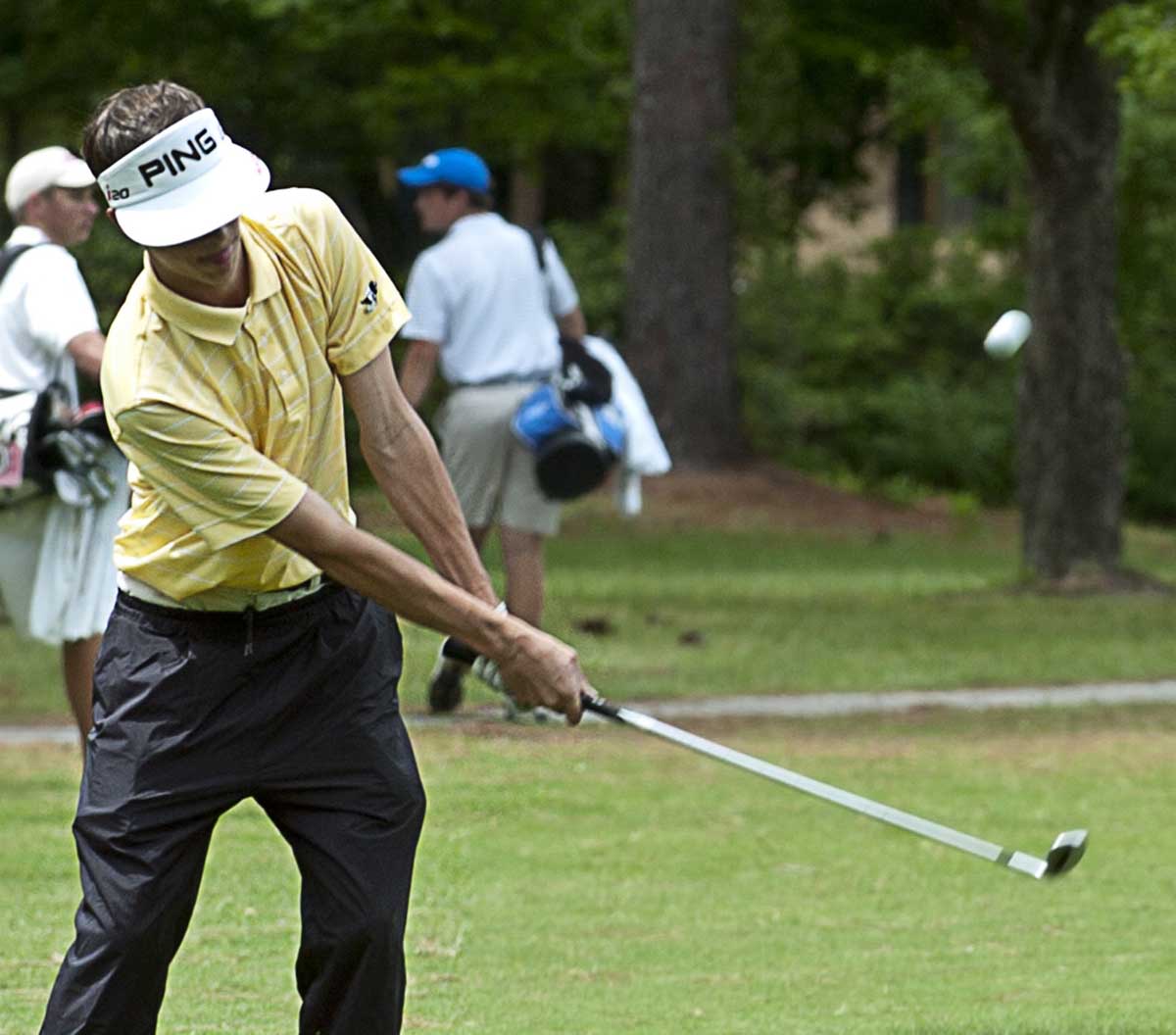Pfizer chief scientific officer explains COVID vaccine development
Published 12:00 pm Sunday, March 7, 2021

- Pfizer Vice President and Chief Research Officer Dr. Philip R. Dormitzer spoke with an OSU audience this week as the inaugural speaker for the INTERACT Eminent Speaker series. Provided
STILLWATER, Oklahoma – The effort to develop a vaccine to fight the virus that causes COVID-19 required innovation, the sharing of information and a high degree of cooperation, according to scientists with Pfizer.
Trending
Its development, at a previously unheard-of speed, occurred by building on research to combat the flu, according to Pfizer Pharmaceutical Vice President and Chief Scientific Officer of Viral Vaccines Dr. Philip Dormitzer, who spoke recently during a webinar at Oklahoma State University.
“So, it didn’t come out of nowhere,” Dormitzer said.
He explained that Pfizer and BioNTech, a German pharmaceutical company, had already been partnering on a flu vaccine that uses a natural chemical known as “messenger RNA” to teach the body’s immune cells to recognize the virus. Using the RNA platform allows the virus antigen to be swapped out and speeds vaccine development. Pfizer and BioNTech had been working on it to improve flu vaccines since 2018.
The Chinese government made the DNA sequence of the virus available to researchers around the world in January, and BioNTech researchers immediately began trying to recreate it in their labs, Dormitzer said. Pfizer got involved in March after cases in the U.S. that couldn’t be traced to travel or specific sources of infection indicated a vaccine would be needed to stop its spread.
“Large-scale development, large-scale production was going to be needed for a global immunization campaign,” he said.
By April, the first German clinical trial had begun. By July, a global trial to determine safety and effectiveness was underway. The vaccine had approvals for emergency use in the United Kingdom and the U.S. in December. The timeline sped up with a Phase 1, 2, 3 trial that made adjustments quickly – by using airplanes to deliver samples to researchers for quick turnaround.
Trending
The global trial for the final formulation and dosage had 46,331 participants in 153 separate locations in Argentina, Brazil, Germany, Turkey, South Africa and the United States. That trial is ongoing and will follow participants for two years.
Researchers took advantage of several types of breakthrough technology to develop the vaccine, Dormitzer said. He said seeing the results that showed it is 95% effective and well-tolerated across age ranges, ethnicities and co-morbidities, was “a truly wonderful moment.”
More than 14 million people in the U.S. have received at least one dose of the Pfizer-BioNTech vaccine so far.
Research is underway to address variants of the virus and on boosters to promote a broad, lasting immune response.
Dormitzer said formulation approved for emergency use is still effective against the variants found so far.
“We know this virus is changing, and its changing in ways that affect immune response,” he said.
Although research is still underway, the immediate goals are to ramp up production to 2 billion doses this year, extend testing to younger people and pregnant women and to develop a new formulation that doesn’t require freezing at dry ice temperatures while preparing for emerging strains.





